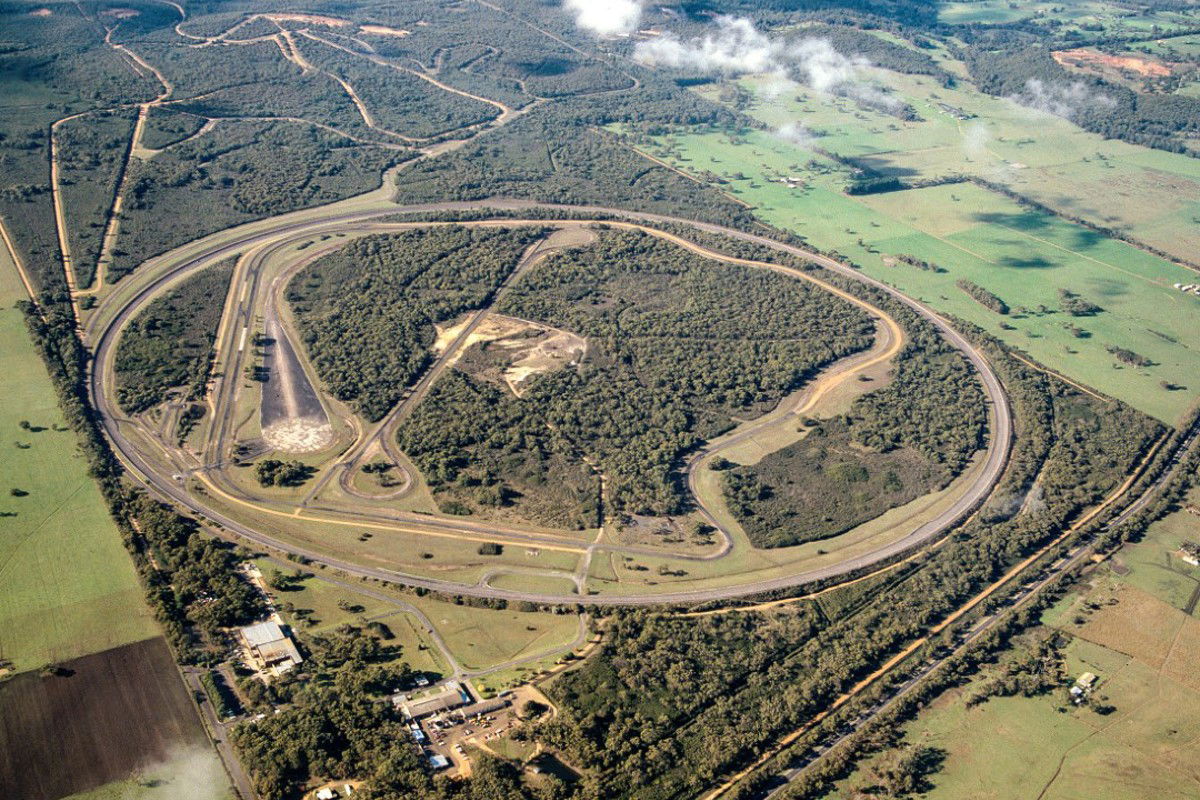
For more than 50 years it was the centre of the universe for Holden. It was the most important 44km of road in the country, proving a benchmark for every generation of Holden since the FC launched in 1958.
But even though General Motors sold it off five years ago, the Lang Lang Proving Grounds remains a mystery to many – until now.
READ MORE: Huge piece of Holden history for sale
Torquecafe was recently part of a manufacturer event that took us behind the walls that were originally built to keep journalists out. After years of only catching glimpses of the facility, either via carefully curated official photos or videos, these days Lang Lang is more accessible than ever before.
The Proving Grounds are now owned by Vietnamese car maker, VinFast, which had bold visions of creating an engineering hub here and spent more than $36m on buying the property from GM, only to quickly change its mind and put Lang Lang back on the market. So, in order to keep paying the bills, VinFast will rent the facility out for events, such as the car launch we attended a few weeks ago.
Before we dive into the current state of the facility, a quick history lesson.
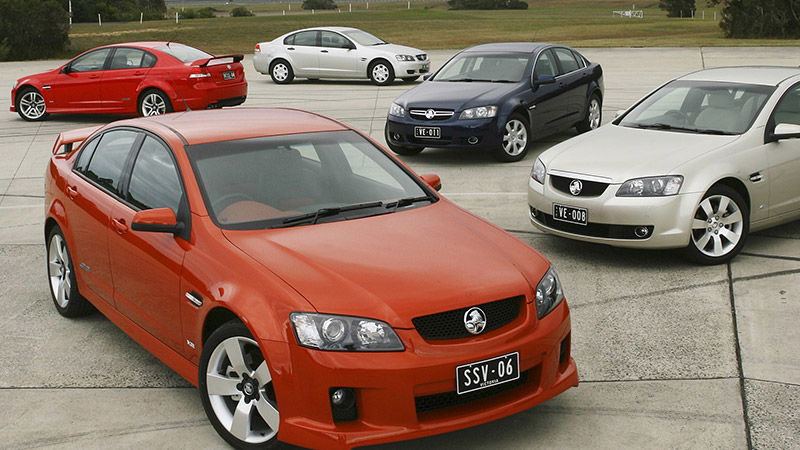
The Proving Grounds, located near Lang Lang on the way to Phillip Island, was first opened by Holden in 1957. The 2152 acre site was established to create a consistent testing environment for all Holden models, copying similar set-ups General Motors had in the US.
The most iconic and most well-known element of the Proving Grounds is the speed bowl, a 4.7km circular track that is four lanes wide and can handle speeds up to 180km/h. But inside the bowl are a variety of other facilities designed to put any car through its paces.
These include a 4km sealed ‘Ride and Handling Track’, a 1.7km ‘Noise Road’ that’s designed with a variety of road surfaces you’ll find across Australia and a huge Skid Pad with a 500m lead-in road.
But this is only the beginning. There’s a salt splash road, salt mist booth and humidity chambers to test corrosion, as well as three cold boxes, that allow you to see how a vehicle will survive -30 degree temperatures in the middle of a Victorian summer.
There’s also areas for testing reliability, durability, safety and performance, all within the one facility. Plus there’s an assortment of workshops (where you might spot an old Holden artifact as we did) and offices.
It really is a one-stop shop for testing and developing a new vehicle, and it’s easy to understand why Holdens were so well-suited to Australian conditions all those years.
We were able to experience a number of the test venues during our visit, although unfortunately the Speed Bowl wasn’t one of them.
We did, however, run around the Ride and Handling Track, which isn’t really a ‘track’ but rather a faithful recreation of a winding Australian road. There’s different surfaces, a variety of corners and even a simulated railroad crossing. VinFast (like Holden before it) even let wallabies live inside the track too, so there are real-life hazards just like you’d find driving in Australia.
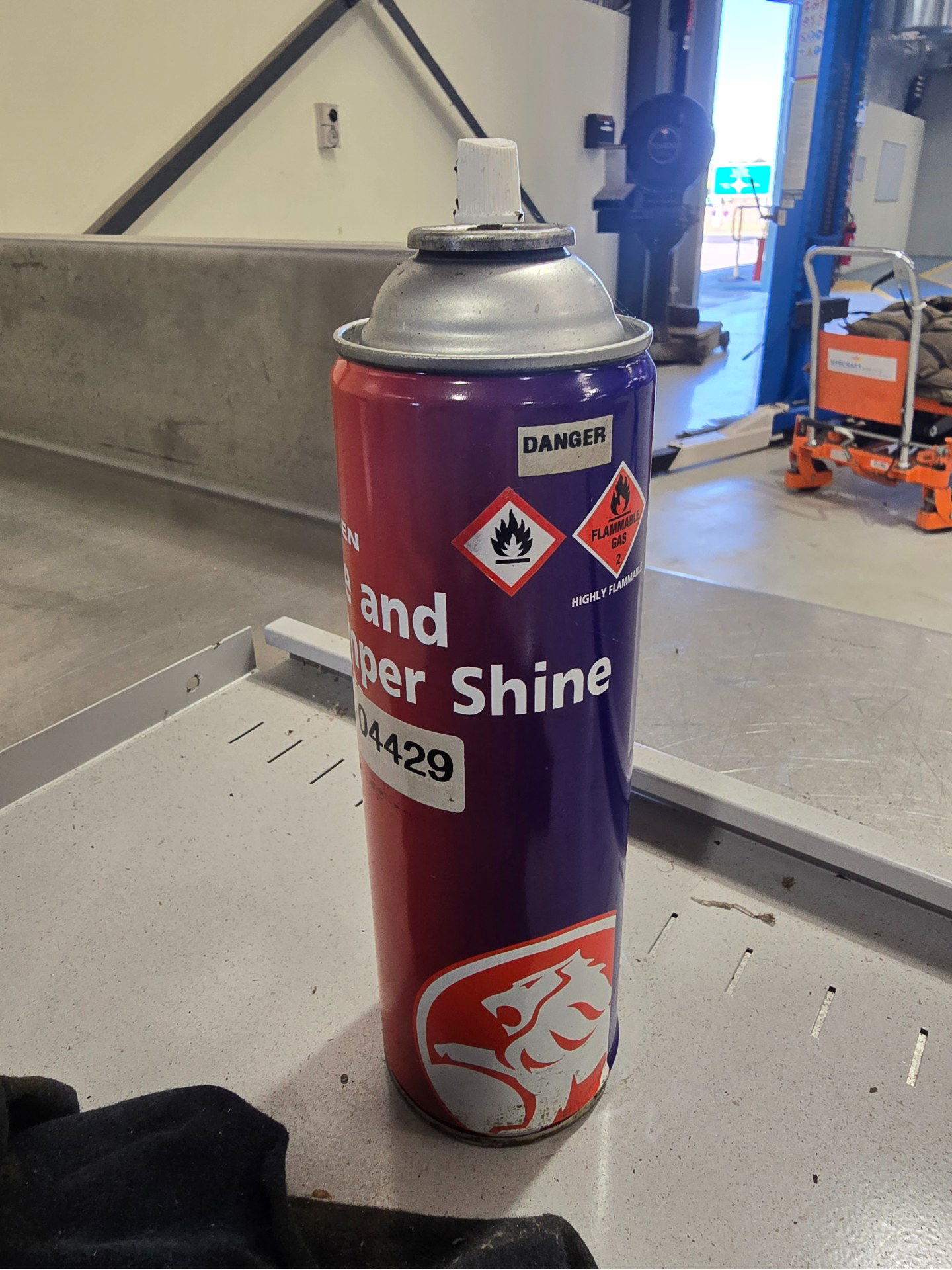
We used the massive Skid Pad for some dynamic testing through a slalom course and then were able to grab lunch in what is affectionately known as ‘The Chalet’ – a small hut off to the side that was no doubt scene to countless engineering debates over the handling of Toranas, Commodores and Monaros.
We also got to sample the ‘Rattles and Squeaks Road’ which tests noise, vibration and harshness with a series of carefully designed roadways with uneven surfaces.
As for the rest of the facility, VinFast has a handful of old test prototypes scattered around the place, but overall it feels like its glory days are behind it, despite remaining an incredibly rare venue not just in Australia but around the world.
While it may be nowhere near as busy (or secret) as it once was, the Lang Lang Proving Grounds remain an icon of the Australian motoring industry and should be preserved by whoever eventually relieves VinFast of its ownership.



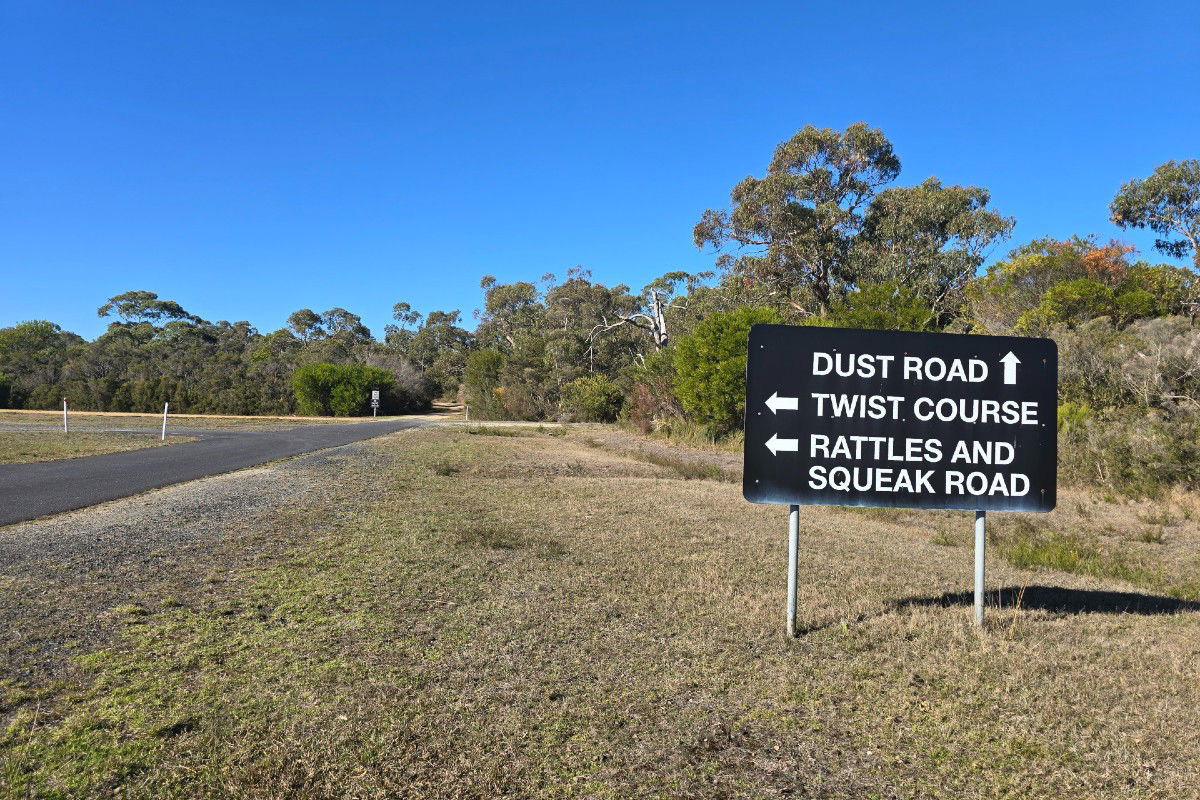
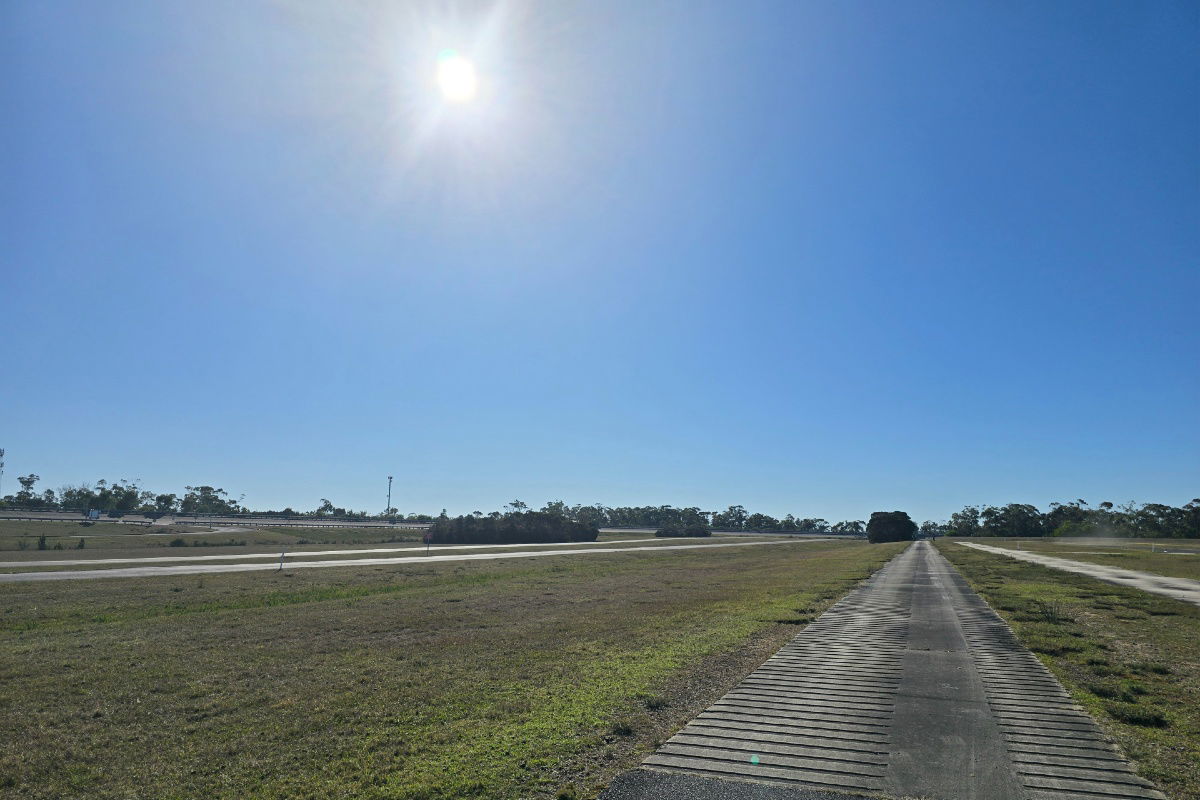








Diskusi tentang posting ini